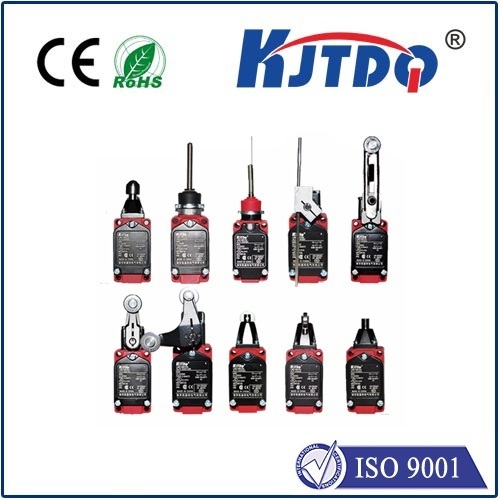
check

check

check

check

Spring limit switches are an indispensable and important part of industrial automation equipment, and their stable and reliable operation is crucial to the production process. However, occasional limit switch failure is inevitable. This article will reveal some common causes of spring limit switch failures and provide some solutions to help you better deal with and troubleshoot failures and improve production efficiency.
1. Mechanical failure: 1.1 External interference: The limit switch may be interfered by objects from other parts of the production line, such as debris, debris, etc., causing it to fail to work properly. Ensure the normal operation of the switch by promptly cleaning the nearby area and removing objects that may interfere with the movement of the switch. 1.2 Damaged fasteners: The fixing devices of the limit switch (such as bolts, threads, etc.) may be loose or damaged, causing the switch position to be unstable. Regularly check and tighten the fixtures, and replace them promptly if any damage is found.
2. Electrical connection problems: 2.1 Wrong electrical connection: Incorrect connection of power cord and signal line may cause the limit switch to be unable to transmit signals normally. Check that the connector is secure and properly connected to the device or circuit board and that the wires are working properly and are not damaged or have poor contact. 2.2 Supply voltage mismatch: Some limit switches may require a specific supply voltage supply. Make sure the power supply voltage of the limit switch matches the actual power supply, and avoid using too high or too low voltage.
3. Incorrect setting parameters: 3.1 Wrong trigger position: Setting the wrong trigger position may cause the limit switch to fail to trigger at the predetermined position, thus affecting the production process. Set the limit switch trigger position correctly according to the equipment's operating manual or manufacturer's recommendations to ensure it works as required. 3.2 Trigger sensitivity adjustment: Some limit switches have the function of adjusting the trigger sensitivity. If the setting is incorrect, it may result in an overly sensitive or insensitive trigger. Adjust the trigger sensitivity according to actual needs to ensure that the limit switch is triggered at the appropriate strength and reduce the occurrence of misjudgments.
4. Internal faults of the limit switch: 4.1 Wear or aging: Long-term use may cause the internal parts of the limit switch to wear or age, causing its performance to decline or even fail to work properly. Perform regular maintenance, check the wear and tear of the internal parts of the limit switch, and replace damaged parts in time to ensure its normal operation. 4.2 Surge current: During the switching process, surge current may occur. Excessive surge current can easily have adverse effects on the limit switch. Reasonably select and configure power supply protection equipment to reduce the interference of surge current on the switch.
In summary, spring-loaded limit switches play an important role in industrial automation equipment. Understanding and solving the causes of faults, such as mechanical faults, electrical connection problems, setting parameter errors, and faults in the switch itself, can help you quickly troubleshoot and ensure the normal operation of the equipment. At the same time, regular maintenance and upkeep are also important guarantees for the long-term and stable operation of the limit switch.
We hope that the content of this article can help you better understand and deal with spring limit switch failures, improve production efficiency, and achieve more efficient industrial automation production. If you have more questions about limit switches, please feel free to contact us and we will wholeheartedly provide you with technical support and solutions.









